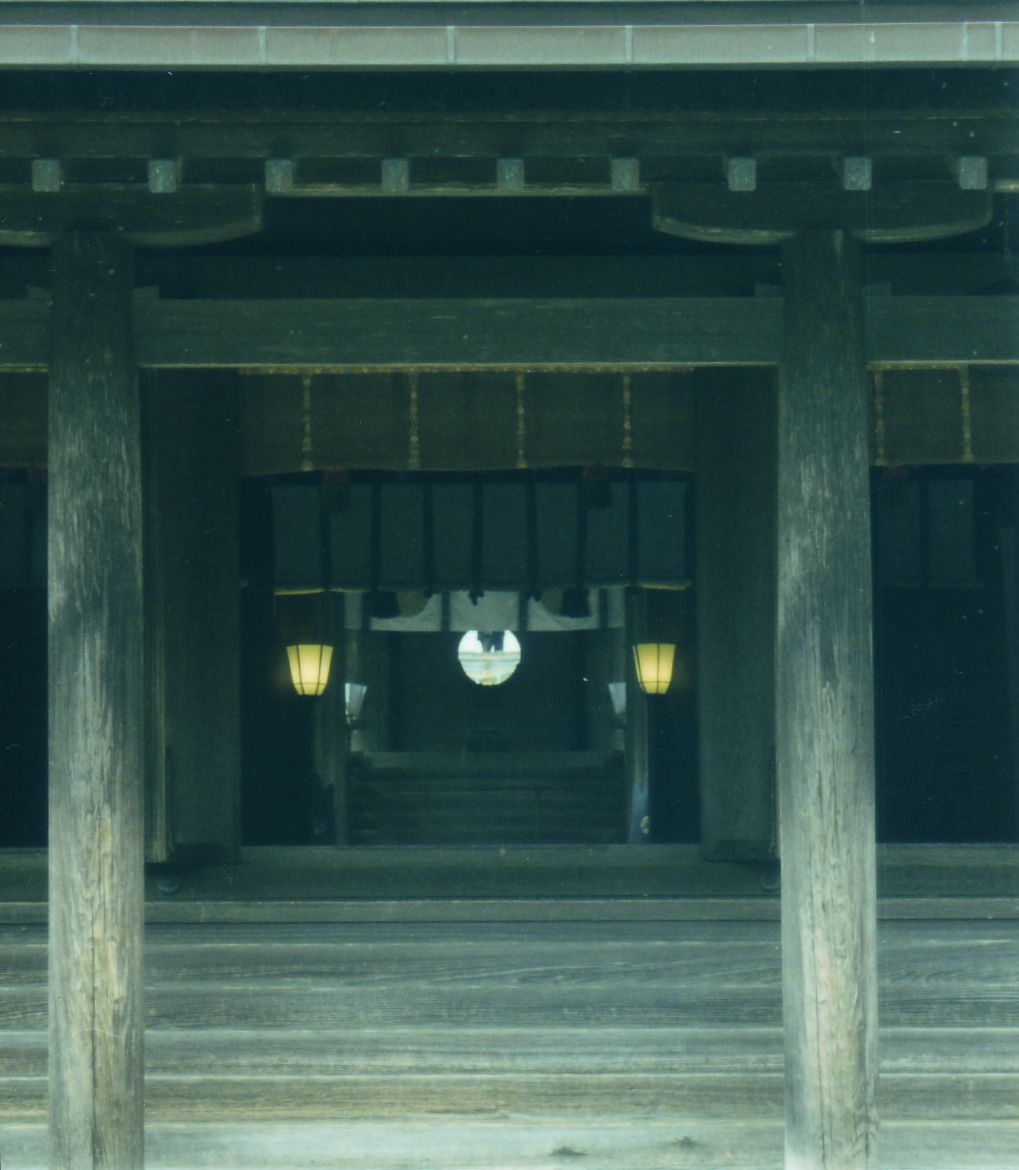
Fourth century bronze mirror, courtesy NHK. Concentric circles of decorative patterns defy simple interpretation.The knob at the centre has a hole for string to pass through in order to attach the mirror.
The NHK website has a radio programme lasting 12 minutes about ways of appreciating a fourth century mirror. It includes observations on the design, the history of mirrors in general and in the Far East in particular, as well as the individual history of the mirror in question. Like other Chinese funeral objects, the mirror is made of bronze, an alloy primarily of copper with tin and lead.
Along the way we learn some fascinating things. The patterns on the decorated side of the mirror are adaptations by Japanese craftsmen of Chinese cosmology. In other words, decorative rather than meaningfully symbolic. This fits in with the Japanese love of form over function, and reminds me of the way Hidden Christians in Japan carried on reciting old Portuguese and Latin prayers even though the words were wrong and the meaning unintelligible.
The Chinese started producing mirrors about 2000 BC, and as they spread around the Far East the Japanese in particular took to them as symbols of authority. Over 6000 have been found, compared to very few on the Korean peninsula. Chinese mirrors with gods and supplications to powerful forces were imported up to the first century AD, after which Japanese began fashioning their own. They were given by the Yamato to powerful allies and also used as funeral objects. Clan leaders had mirrors placed around their corpse as if to protect the spirit of the dead. Their use seems to have faded out with the ending of the Kofun period.
https://www.nhk.or.jp/japan-art/archives/171012/
NHK introduction…
The masterpiece we introduce this time is a bronze mirror made in the fourth century. Mirrors, with their power to reflect people’s images or light fires, were regarded as sacred objects in ancient times. Many mirrors imported to the Japanese islands from China became symbols of authority and were buried as funerary objects in the graves of the mighty. This particular mirror, too, was unearthed from a burial mound, but it was made on the Japanese archipelago based on Chinese mirrors. Measuring 44.5cm in diameter, it is large by East Asian standards and was very expertly cast. The patterns on the mirrors on which it was based represented the world of the gods as imagined by the Chinese, but the Japanese craftsmen did not understand the symbols and transformed them into original patterns. This piece sheds light on the history of cultural transmission in ancient East Asia.
********************
For more about mirrors, see here or here.


Leave a Reply